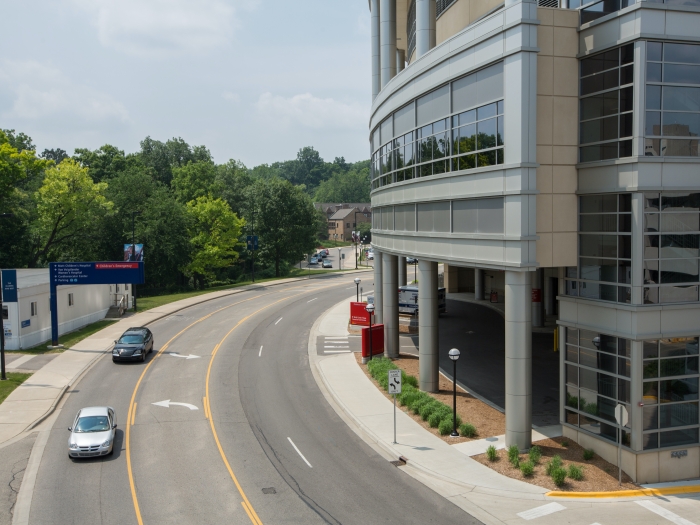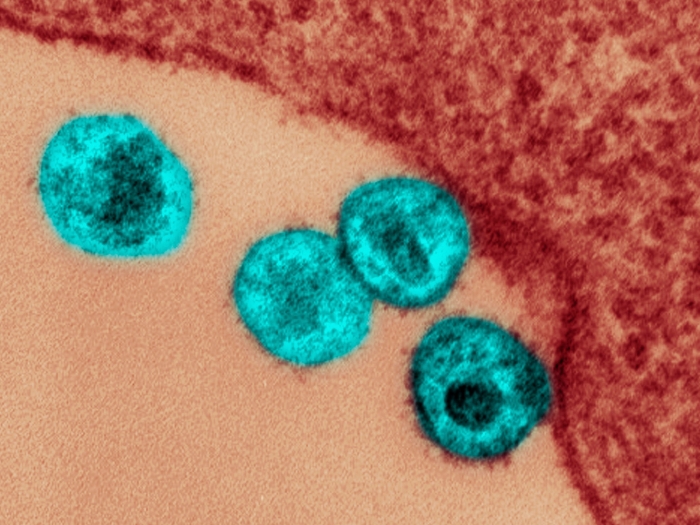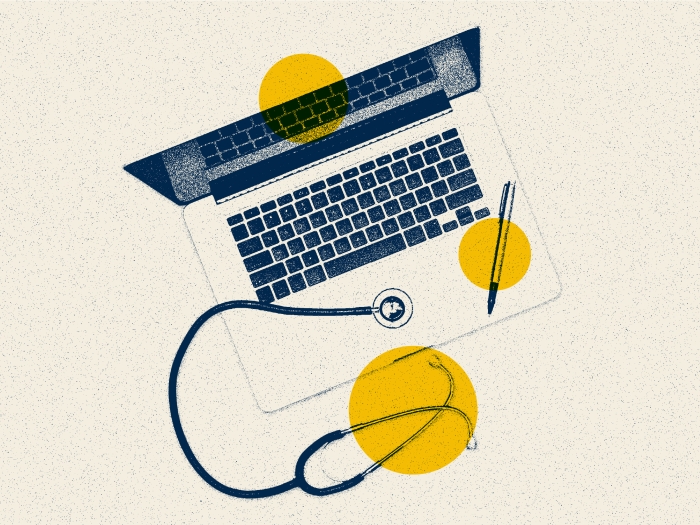A new study analyzes the potential transmission risk of airborne respiratory pathogens during bystander-initiated cardiopulmonary resuscitation, or CPR.
4:01 PM
Author |

This article was adapted from an original article written by Kate Murphy of MCIRCC.
Aerosol-generating procedures, or the production of viral particles into the air, put health care workers at increased risk for infection of respiratory viruses. And while hospitals have safety measures in place to lessen the risk of exposure during these procedures, what if an emergency, such as cardiac arrest, happens outside of the clinical setting?
A new study, published in Resuscitation, analyzes aerosol generation during an unfortunately common emergency that requires a bystander to help a person in need: CPR.
"Given that bystander CPR and public access defibrillation improve cardiac arrest outcomes, it's important to determine whether these life-saving measures may generate aerosols that have the potential to transmit respiratory pathogens to lay rescuers," says Cindy Hsu, M.D., Ph.D., lead author of the study and an assistant professor in the Departments of Emergency Medicine and Surgery at Michigan Medicine.
Using swine models to simulate "witnessed" out-of-hospital cardiac arrest (in which a responder intervenes immediately), Hsu and the research team at the Michigan Center for Integrative Research in Critical Care (MCIRCC) performed a series of chest compressions interspersed with defibrillations during cardiac arrest. They measured and compared the aerosol size and quantity generated by compressions before and after each defibrillation, as well as the aerosols generated from healthy human coughs and compared those to the aerosols generated from the swine.
The researchers found that post-defibrillation chest compressions generated significantly more, and larger, aerosols than chest compression before defibrillation. This suggests that defibrillation introduces a variable that creates larger aerosols that have the potential to carry respiratory pathogens such as the SARS-CoV-2 virus.
"To the best of our knowledge, this is the first direct observation suggesting that defibrillation followed by chest compressions is an aerosol generating procedure," says Hsu, who notes that further research is needed. "We need to see if we can confirm our findings in humans and determine the best mitigation strategies."
As for whether it's safe to perform CPR during the COVID-19 pandemic, Hsu states that while her study showed chest compressions alone did not cause significant aerosol generation, she recommends that rescuers place a mask over the patient's mouth, especially because defibrillations may be required during any phase of the resuscitation.
"Everyone should be using a mask," Hsu says.
Paper cited: "Aerosol generation during chest compression and defibrillation in a swine cardiac arrest model," Resuscitation. DOI: 10.1016/j.resuscitation.2020.12.004

Explore a variety of healthcare news & stories by visiting the Health Lab home page for more articles.

Department of Communication at Michigan Medicine
Want top health & research news weekly? Sign up for Health Lab’s newsletters today!





